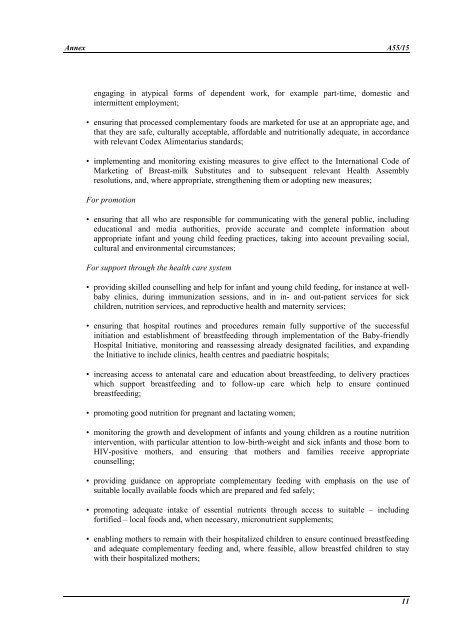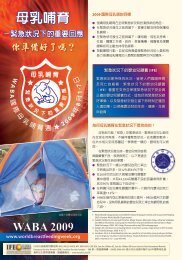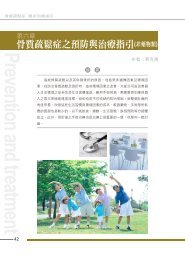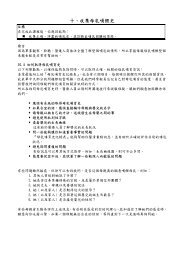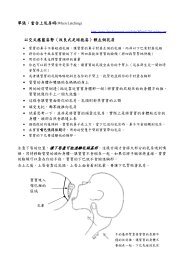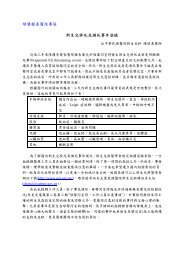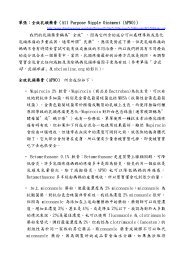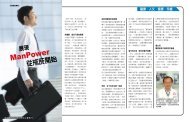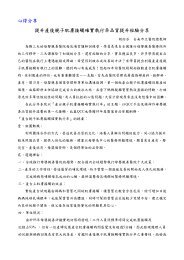WORLD HEALTH ORGANIZATION Infant and young child nutrition
WORLD HEALTH ORGANIZATION Infant and young child nutrition
WORLD HEALTH ORGANIZATION Infant and young child nutrition
You also want an ePaper? Increase the reach of your titles
YUMPU automatically turns print PDFs into web optimized ePapers that Google loves.
Annex A55/15engaging in atypical forms of dependent work, for example part-time, domestic <strong>and</strong>intermittent employment;• ensuring that processed complementary foods are marketed for use at an appropriate age, <strong>and</strong>that they are safe, culturally acceptable, affordable <strong>and</strong> <strong>nutrition</strong>ally adequate, in accordancewith relevant Codex Alimentarius st<strong>and</strong>ards;• implementing <strong>and</strong> monitoring existing measures to give effect to the International Code ofMarketing of Breast-milk Substitutes <strong>and</strong> to subsequent relevant Health Assemblyresolutions, <strong>and</strong>, where appropriate, strengthening them or adopting new measures;For promotion• ensuring that all who are responsible for communicating with the general public, includingeducational <strong>and</strong> media authorities, provide accurate <strong>and</strong> complete information aboutappropriate infant <strong>and</strong> <strong>young</strong> <strong>child</strong> feeding practices, taking into account prevailing social,cultural <strong>and</strong> environmental circumstances;For support through the health care system• providing skilled counselling <strong>and</strong> help for infant <strong>and</strong> <strong>young</strong> <strong>child</strong> feeding, for instance at wellbabyclinics, during immunization sessions, <strong>and</strong> in in- <strong>and</strong> out-patient services for sick<strong>child</strong>ren, <strong>nutrition</strong> services, <strong>and</strong> reproductive health <strong>and</strong> maternity services;• ensuring that hospital routines <strong>and</strong> procedures remain fully supportive of the successfulinitiation <strong>and</strong> establishment of breastfeeding through implementation of the Baby-friendlyHospital Initiative, monitoring <strong>and</strong> reassessing already designated facilities, <strong>and</strong> exp<strong>and</strong>ingthe Initiative to include clinics, health centres <strong>and</strong> paediatric hospitals;• increasing access to antenatal care <strong>and</strong> education about breastfeeding, to delivery practiceswhich support breastfeeding <strong>and</strong> to follow-up care which help to ensure continuedbreastfeeding;• promoting good <strong>nutrition</strong> for pregnant <strong>and</strong> lactating women;• monitoring the growth <strong>and</strong> development of infants <strong>and</strong> <strong>young</strong> <strong>child</strong>ren as a routine <strong>nutrition</strong>intervention, with particular attention to low-birth-weight <strong>and</strong> sick infants <strong>and</strong> those born toHIV-positive mothers, <strong>and</strong> ensuring that mothers <strong>and</strong> families receive appropriatecounselling;• providing guidance on appropriate complementary feeding with emphasis on the use ofsuitable locally available foods which are prepared <strong>and</strong> fed safely;• promoting adequate intake of essential nutrients through access to suitable – includingfortified – local foods <strong>and</strong>, when necessary, micronutrient supplements;• enabling mothers to remain with their hospitalized <strong>child</strong>ren to ensure continued breastfeeding<strong>and</strong> adequate complementary feeding <strong>and</strong>, where feasible, allow breastfed <strong>child</strong>ren to staywith their hospitalized mothers;11


